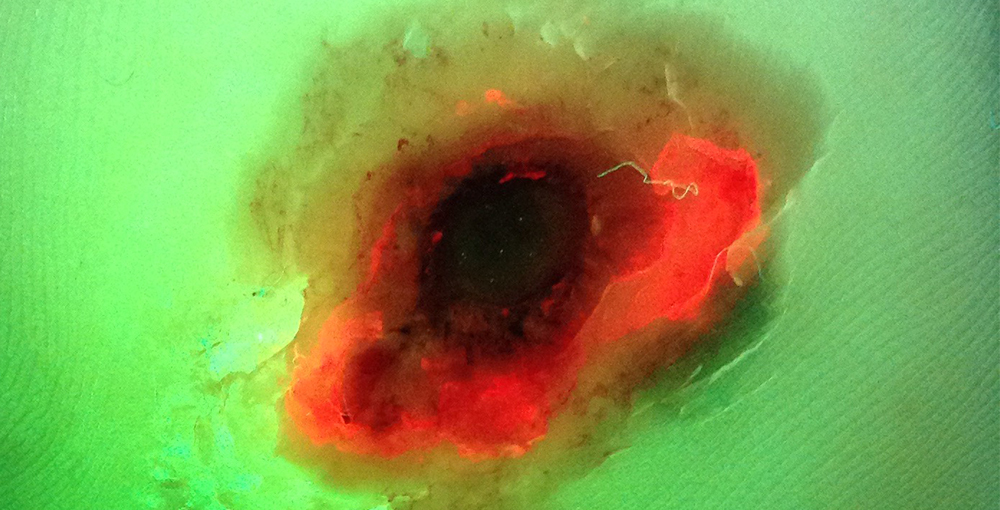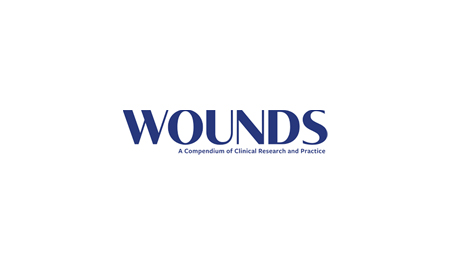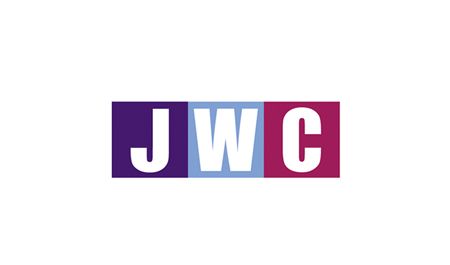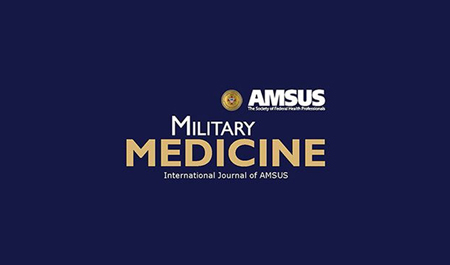

MolecuLight imaging is an important tool to help clinicians guide debridement and remove biofilm in venous leg ulcers (VLUs)

MolecuLight imaging is an important tool to help clinicians guide debridement and remove biofilm in venous leg ulcers (VLUs)

Repeated fluorescence imaging and targeted fluorescent-guided debridement (MolecuLight) was useful for managing bacterial bioburden to support wound healing

Real-time fluorescence imaging (MolecuLight) provides a novel and effective method along with the standard of care for managing osSSI after kidney transplantation

Effectiveness of Alprep Pad® for cleaning and debridement of DFUs was studied
MolecuLight i:X was used to establish the presence of bioburden in the wound bed, wound edge and periwound skin
Wound size was measured using the MolecuLight device

MolecuLight used in clinical trial of sodium hypochlorite to test its efficacy in reducing bacterial burden and promoting healing
Used to assess the presence of elevated burden in patients pre- and post-treatment
Initial findings: Sodium hypochlorite is efficacious in reducing bacterial burden and promoting healing

Using novel debridement tool, fluorescence imaging demonstrated a reduction in bacterial load in 69% of cases, with complete resolution in 19% of wounds.

24% of VLU periwound area was colonized by high bacterial loads pre-debridement
99% reduction of bacterial signal in the wound bed after debridement using fluorescence guidance
36% of periwound bacterial signal is left behind after standard debridement in VLUs (without
the guidance of fluorescence)

The MolecuLight i:X aided clinicians in their management of wound infections
This was done through image informed debridement/treatment response monitoring to debridement & other wound therapies
Bacterial presence or absence based on fluorescence images correlated with swab results in all cases